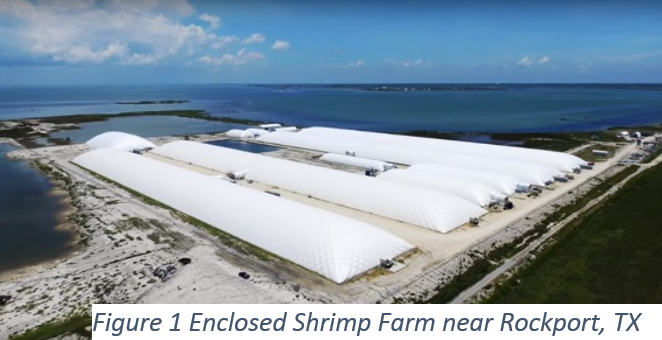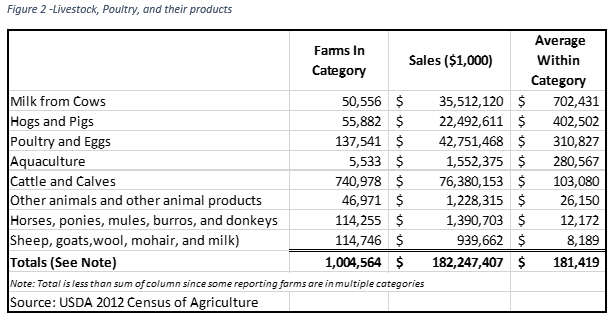posted on Tuesday, April 17, 2018
In the past few years I have spent some time researching several aspects of aquaculture as a part of some projects we have worked on at Decision Innovation Solutions (DIS). These same projects involved research on livestock, poultry and companion animals. Without a doubt, finding information on livestock is a whole lot easier than finding good information on aquaculture and companion animals.

DIS has been able to partner with some great nutritionists in the aquaculture industry to determine the types of feed ingredients used and the inclusion rates for some of the commodities that are part of the project focus.
The challenge is in finding accurate information on populations and production in terms of pounds or count by species. Much of the data we use for other species comes from the USDA Census of Agriculture which is produced every 5 years. In addition, monthly and annual data is available for livestock and poultry from USDA National Agriculture Statistical Services (NASS).
However, when it comes to aquaculture, the latest data for aquaculture (except catfish and trout) is the USDA 2013 Census of Aquaculture. Monthly surveys are conducted for catfish and trout production and that is quite helpful.
So why isn’t there more information available on an industry that produces an important segment of our food supply? It isn’t because the segment is too small. According to the information in Figure 2 it has the 4th largest average sales per farm within its category out of the eight categories in the Livestock, Poultry, and their products section of the census. It is also a distant 5th in total sales.

I suspect some of the reasons we don’t have more data available are:
- With the exception of catfish and trout, each species raised is a relatively small part of the whole. This may change as some of the secondary species like Tilapia, Hybrid Striped Bass and Shrimp gain more prominence.
- Adding surveys and reports can be expensive and existing budgets probably don’t have room to handle those costs.
- Perhaps there aren’t enough people requesting additional data besides the census conducted every five years.
In spite of the challenges, I have learned a lot about the aquaculture industry and have developed some interesting relationships with aquaculture nutritionists and industry advocates. Over time I am sure we will see more organized sources of industry information as the industry grows and people see the value of seafood produced in the USA.